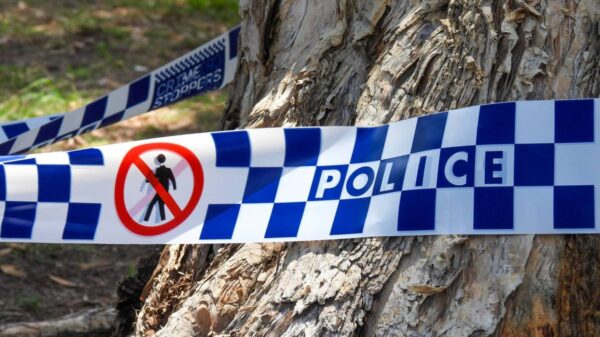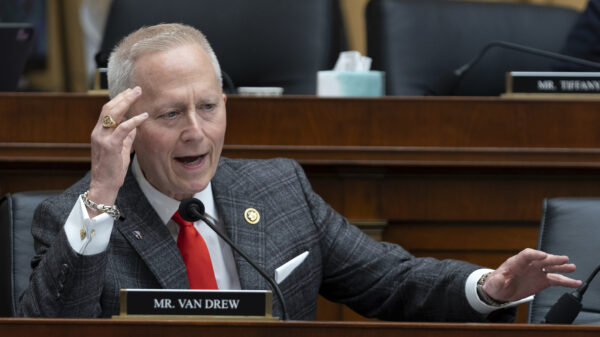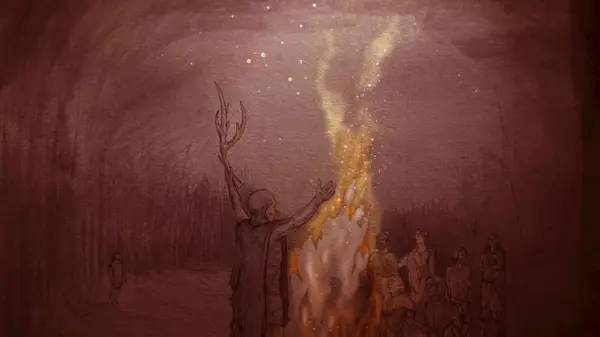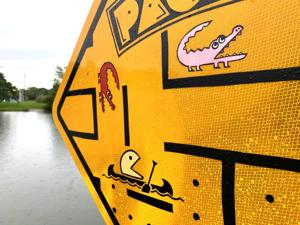The artistic legacy of the late Eliot Brown continues to resonate through his innovative alligator caution signs, which have gained renewed attention for their unique blend of humor and essential messaging. Originally designed to elevate awareness about the presence of alligators, these signs have emerged as a source of delight during the challenging times of the COVID-19 pandemic.
Brown, who passed away in 2023, utilized his artistic talents to create caution signs that not only served a practical purpose but also injected a much-needed dose of comedy into daily life. His whimsical designs, featuring colorful illustrations of alligators alongside safety messages, have captured the interest of both residents and tourists alike, particularly in regions where alligators are common.
Combining Humor with Safety
The alligator caution signs have become a viral sensation, particularly on social media platforms where users share images and anecdotes about their encounters. The signs, often placed in areas prone to alligator sightings, have elicited laughter while simultaneously reminding the public of the importance of respecting wildlife. Brown’s ability to merge humor with critical safety information has struck a chord with many, especially during a time when lightheartedness was scarce.
In the wake of the pandemic, communities have sought ways to uplift spirits and maintain a sense of normalcy. Brown’s signs have not only provided comic relief but have also served as a reminder of the natural world that exists alongside urban life. The combination of artistic expression and public safety has allowed these signs to transcend their original intent, becoming a beloved fixture in neighborhoods.
Legacy and Impact
The impact of Eliot Brown’s artistic contributions is profound, as they continue to influence how communities perceive safety and wildlife interaction. His work has sparked conversations about the importance of respecting local ecosystems while also promoting awareness through creativity. The signs stand as a testament to how art can serve practical purposes, particularly in educating the public about potentially dangerous wildlife.
In addition to their aesthetic appeal, Brown’s signs have prompted local organizations to consider similar initiatives that blend art with public safety. Community leaders are now exploring ways to incorporate humor into other safety campaigns, hoping to replicate the success of Brown’s alligator signs.
As communities reflect on the legacy of Eliot Brown, his alligator caution signs remain a vibrant reminder of the intersection between art, humor, and environmental awareness. They encourage individuals to appreciate the wildlife around them while ensuring safety measures are taken seriously. In a world that can often feel overwhelming, Brown’s work continues to bring smiles and awareness to the forefront.





































































